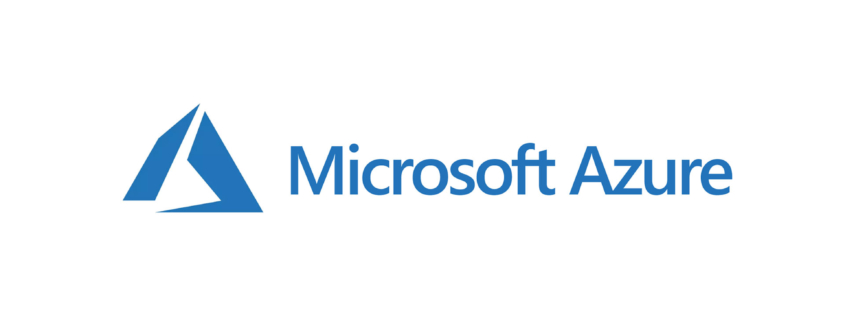
Where organizations choose to host their apps makes a big difference. Optimus guides companies to migrate to Azure and maximize the benefits in order to thrive.
The Client:
The client has developed a web-based platform to support and connect families in case of emergencies.
The Business Need:
The client deployed its web-based application using an on-premise infrastructure with the help of a private service provider. Their 2-tier client server architecture model gave the company very limited access to its own production environment. If the client wanted to make any changes, big or small (from alterations to app servers, databases, or deployment), they had to submit a ticket and wait for their private service provider to respond. This barrier between the company and its production environment meant that the client had little control over their own infrastructure and machines. It also increased the amount of time and effort required to make necessary changes. The process was frustrating.
In addition to these constraints, the client also had concerns about the reliability and cost of their private service provider. They wanted to reduce cost and gain greater reliability.
They knew that migrating to a public cloud would help ease some of these challenges and allow them to have more access and deploy faster. The client’s technical team had a very good understanding of the technical implementation of the application ecosystem. However, they lacked experience with Azure cloud and needed guidance from a partner who could migrate them seamlessly and provide a digital transformation roadmap with the phases of modernizing their entire application ecosystem.
The Solution:
Using the Cloud Adoption Framework, Optimus worked with the client to assess their current systems and create an initial phase-wise migration approach. A delivery plan with Azure cost estimate was shared with the client for initial POCs to showcase the feasibility of migration alternatives. After completing an analysis of various components of the client’s application for various migration possibilities (IaaS as well as PaaS), Optimus decided on a mixed approach. A rehost approach was finalized for the application, while a PaaS migration approach was finalized for the database migration.
During the execution phrase, Optimus:
- Migrated Dev and QA environments to Azure. This allowed the client’s team to perform operations on Dev and QA resources to become accustomed to Azure cloud operations. The client tested the entire application on these 2 environments before making a production move.
- Used a single database as a user authentication data source and to store application data. Failover was implemented with the entire active site deployment at different geological locations.
- Integrated existing network infrastructure components with migratable components. Integration of 3rd party software components were also completed after the application migration
- Created the entire Production environment infrastructure and supported the client’s team during the production migration process.
- Created DevOps boards and migrated their existing projects.
- Added a dashboard and monitoring to alert the client’s team on any infrastructure change or activity occurring on resources in these environments.
- Created Azure Resource Manager (ARM) templates as Infrastructure as Code practice so that any new environment / site can be turned around quickly.
- Implemented best deployment practices for their Dev, QA, and production environment by using automation through ARM templates, Powershell scripts and monitoring via Azure Monitor.
The Results:
The client has successfully migrated the application and database to Azure and is now able to enjoy the advantages such as high availability, reliability, and reduced cost that come with Azure. By migrating the client to Azure they were able to gain full control over their infrastructure. They were no longer inconvenienced by needing to raise a ticket to make changes to their application. And, Azure provided a more cost-effective solution overall.
The client now has:
- Shorter product release cycles,
- The ability to apply governance as per their organizational policy,
- A clear separation of Dev, QA and Production environments, which ensures that software is rigorously tested before it is deployed and made available to users,
- Increased security of resources by applying granular access control on resources using the role-based access control (RBAC) in Azure, and
- The opportunity and ability to modernize their application in the future.
Contact Optimus to learn how we can help you leverage cloud services.


